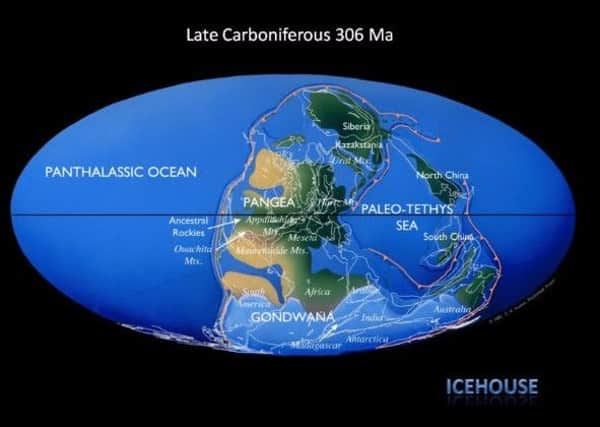Video: Ancient marine sediments provide clues to future climate change


The study, which was published today in Nature, is the first to resolve the relationship between carbon dioxide (CO2) and climate during the period known as the ‘Eocene epoch’ when global temperatures were around 14 oC warmer than today. This is an important step in understanding ancient climate and thus helping scientists better predict future climate change. The UK-wide research team developed new records of past CO2 levels by analysing ancient ocean sediments. The results support the view that elevated CO2 was responsible for the extreme warmth of the early Eocene and that CO2 decline was responsible for the subsequent cooling that ultimately led to the establishment of today’s polar ice sheets.